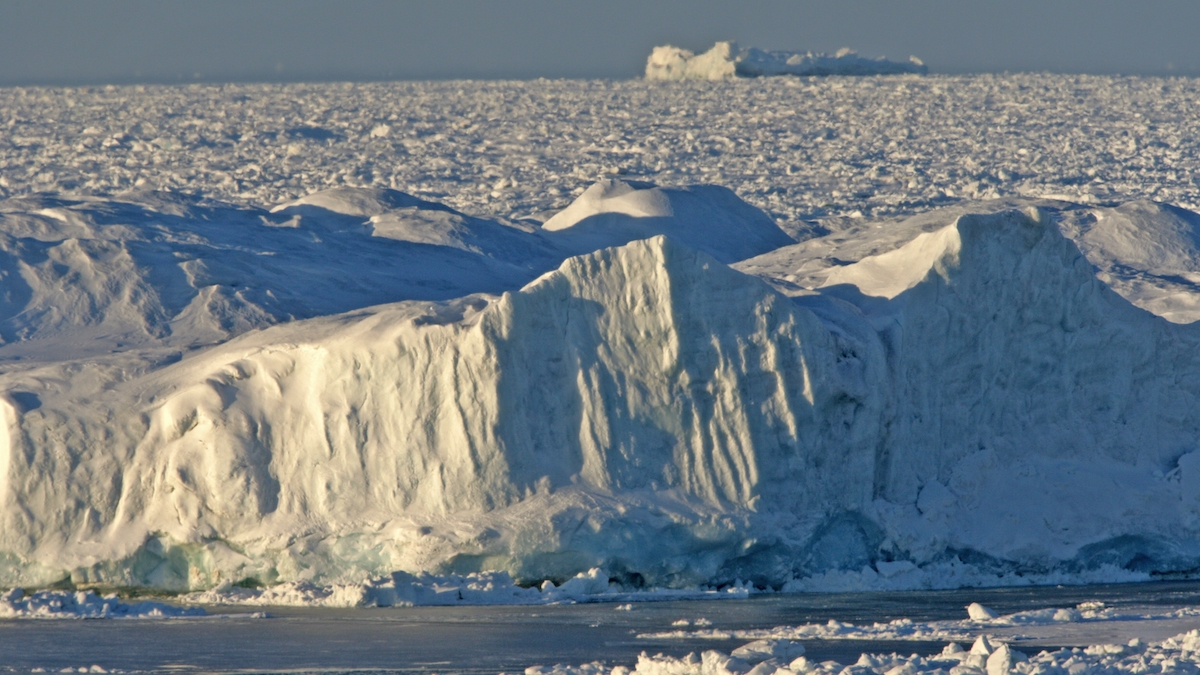Research & Developments is a blog for brief updates that provide context for the flurry of news regarding law and policy changes that impact science and scientists today.
The National Snow and Ice Data Center (NSIDC) may no longer actively maintain or update some of its snow and ice data products after losing support from NOAA’s National Centers for Environmental Information, according to a 6 May announcement.
Related
• NSIDC User Notice: Level of Service Update for Data Products
• NOAA to Decommission a Number of Data Products in 2025
• Trump Administration Decommissions Sea Ice Data That Sounded an Alarm on Arctic Climate Change
• Threats to NOAA-Funded Snow and Ice Data Products Alarm Polar Scientists
• Get Involved: AGU Science Policy Action Center
Data products affected by the decision are used to monitor the impacts of climate change in the Arctic, and include the center’s Sea Ice Index, Gridded Monthly Sea Ice Extent and Concentration, 1850 Onward, and World Glacier Inventory. “All of these data products as well as others in the NOAA@NSIDC collection face uncertain futures without ongoing support,” NSIDC wrote in an email to users posted on Bluesky.
While the data products won’t disappear, they will no longer be maintained at their current levels.
“This change in support limits our ability to respond quickly to user inquiries, resolve issues, or maintain these products as thoroughly as before,” the NSIDC said in a statement to Inside Climate News.
NSIDC, based at the University of Colorado, Boulder, is a prominent polar research institute. Its Sea Ice Index, in particular, has been a crucial source of data for scientists tracking the decline of sea ice cover in the Arctic. The threatened data sets are also used by Alaskan communities for weather prediction, inform fisheries and ecosystem management, and support “countless other Arctic geopolitical and security decision-making needs,” Zack Labe, a climate scientist and former NOAA staff member, told Inside Climate News.
The decision to end support of the NSIDC products is the latest in ongoing efforts from the Trump administration to take important environmental data offline, though some nonprofits, scientists, and advocacy groups are working to recreate some of the lost data tools.
A NOAA webpage lists data products that have been decommissioned since President Trump took office, including data from marine monitoring buoys, coastal ecosystem maps, seafloor data, and satellite data tracking hurricanes. In a 21 April announcement, the University-National Oceanographic Laboratory System, a group that coordinates U.S. ocean research, suggested that those interested in salvaging data products planned for decommissioning in 2025 should nominate those datasets for backup by the Data Rescue Project, a volunteer archiving effort.
NSIDC is asking scientists and educators who rely on these data products and would like to demonstrate the importance of these data sets to share their stories at [email protected].
—Grace van Deelen (@gvd.bsky.social), Staff Writer
These updates are made possible through information from the scientific community. Do you have a story about how changes in law or policy are affecting scientists or research? Send us a tip at [email protected].


